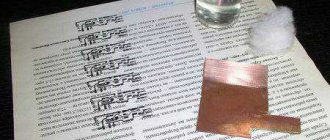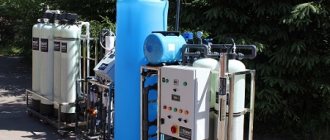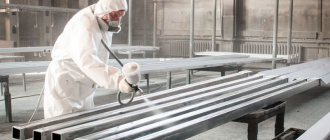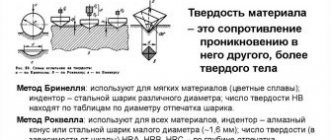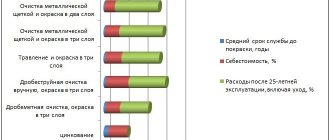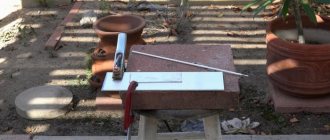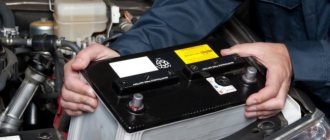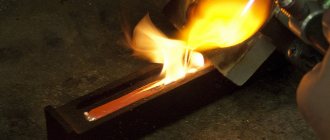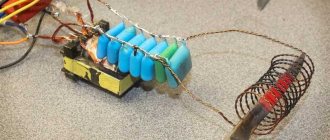Again about etching copper and alloys based on it
Copper etching.
What else can you come up with? It would seem that it has already been told and discussed 100 times, and a lot of books have been written. And indeed, there are enough publications at the Masters Fair. But a good article covering what methods generally exist, which is better, which is cheaper, was never found. Let's try to fix this. Copper etching, like any metal, can be carried out using chemical and electrochemical methods (plating). Electrochemical etching is of higher quality, but more complex. This method requires certain equipment and reagents. In a good way, this is the lot of galvanizing shops and enterprises. Chemical etching can be divided into industrial and domestic applications. In industry, they usually use compounds based on concentrated acids and reagents that are terribly hazardous to health. Everything would be fine: the etching speed is high and the quality is high. But there are many “buts”. It is quite difficult, and often unrealistic, for an ordinary alchemist to obtain concentrated acids. You need to work with them with extreme caution using professional protective equipment in a specially equipped room. A fume hood is required, but in extreme cases a normal fume hood will do. And, naturally, strict requirements are imposed on the storage of such substances. By the way, concentrated acids and a number of chemical reagents are precursors. This means that their turnover is subject to strict control and accounting. Therefore, there is little point in considering these methods. We smoothly move on to household methods of chemical etching. It would take too long to talk about all the technology and nuances. Subsequent articles will be devoted to this. Let's get to the heart of the matter. We have a blank in the form of a copper sheet with an applied mask/stencil for etching.
A reasonable question arises: “What and how to poison?” An inquisitive reader will answer without hesitation: “Of course, ferric chloride (FC)!” It is available at any radio store and is not expensive. That’s true, but ferric chloride has many disadvantages. 1. This is a powdery substance, and very hygroscopic. When dosing, fine dust of chemical fluid settles everywhere, no matter how hard you try. And within a day, having absorbed moisture from the air, it appears as hard-to-remove red stains on furniture and clothes. Due to its hygroscopicity, CG will not be stored for a long time either. 2. ChL solution is an opaque brown-brown liquid. There is no talk at all about visual control of the etching process. Taking out the workpiece each time and rinsing it to control it clearly does not add convenience. 3. During the etching process, copper precipitates on the metal surface, so constant stirring of the solution is required. 4. The etching rate during the process drops significantly due to the accumulation of reaction products in the solution. 5. And the last nail in the coffin of ChL - of all the available household compositions, ChL has a low etching rate. Of course, it can be increased by heating to 60C*, but this will not give a big increase in the speed and stability of the reaction.
What else can you use to etch copper/brass? In the same radio stores you can find ammonium or sodium persulfate . Pros: 1. Transparent solution, you can visually control the etching process. 2. Higher and more stable etching speed than that of cold liquid. 3. Does not leave dirty, difficult to remove stains. Cons: 1. Low prevalence/availability. 2. Higher price. 3. Increased consumption compared to cold liquid. 4. Instead of stains, it leaves whitish bald spots or holes in clothes, which in itself is not very good. 5. Heating of the composition is required.
- Here you go! - The reader will exclaim. - What should we do?!
— Yes, there are a couple more methods/recipes in stock
